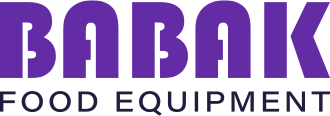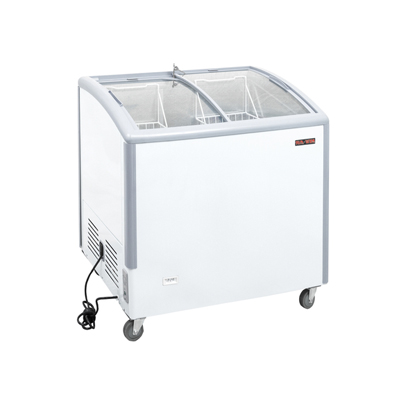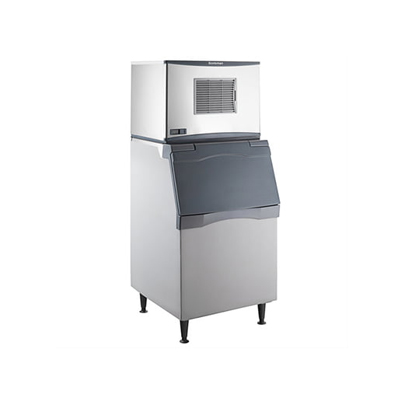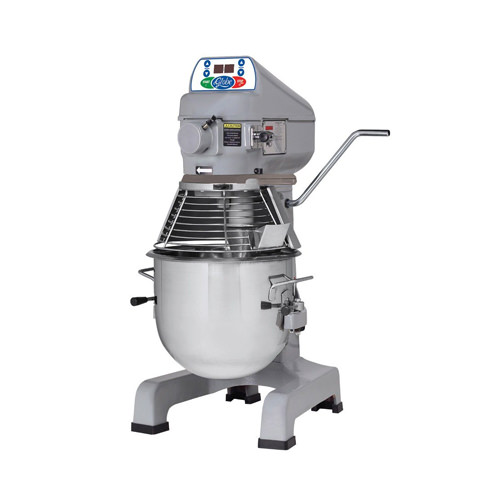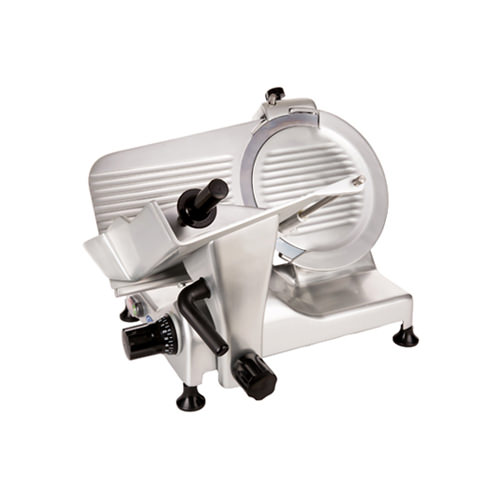restaurant kitchen equipment list with price
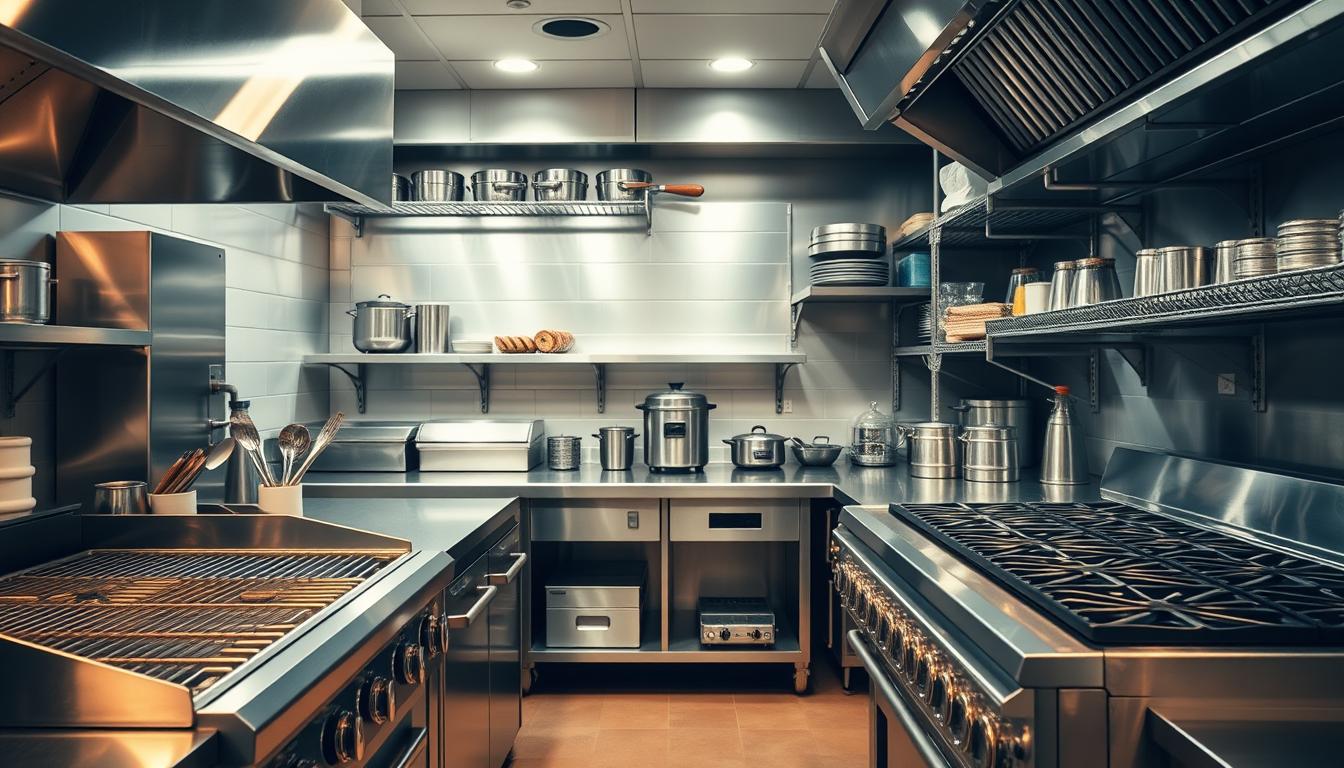
Did you know that the average cost of commercial kitchen equipment can range from $20,000 to $150,000? This significant investment highlights the importance of selecting the right tools for your culinary operations. Whether you’re running a small café or a large restaurant, the equipment you choose plays a crucial role in efficiency, safety, and the consistency of your food.
In this guide, we’ll explore the essential equipment every restaurant needs, along with detailed pricing to help you make informed decisions. We’ll cover everything from ranges and ovens to fryers and beyond, ensuring you have a clear understanding of what to expect. Our focus is on providing data-driven insights and highlighting trusted brands in the foodservice industry, such as Babak Food Equipment, which has been a reliable partner for many restaurant owners.
For restaurant owners and managers in Canada, this guide is tailored to address modern market trends and provide a detailed cost analysis. We’ll discuss how the right equipment can enhance operational efficiency and contribute to your restaurant’s success. With the market for restaurant kitchen equipment projected to grow at a CAGR of 4.5% from 2023 to 2030, staying informed about the latest innovations and solutions is more important than ever.
- Understanding equipment costs and their impact on your restaurant’s operations
- Exploring the latest market trends and innovations in kitchen equipment
- Learning how to choose the right equipment for your specific needs
- Gaining insights into energy-efficient solutions and long-term investments
If you’re looking for reliable and up-to-date information to simplify your restaurant operations, you’re in the right place. Let’s dive into the world of restaurant equipment and discover how the right choices can elevate your business.
Introduction to Commercial Restaurant Kitchen Equipment
Commercial cooking appliances are the backbone of modern foodservice businesses, offering reliability and efficiency to meet high-volume demands. In Canada, the market for these appliances is thriving, driven by innovations that enhance performance and energy efficiency.
Market Trends and Innovations in Canada
Today’s commercial ranges, ovens, and grills are designed with cutting-edge technology to streamline kitchen operations. Gas-powered ranges and ovens remain popular for their precise temperature control and versatility in cooking methods. Meanwhile, electric models are gaining traction due to their energy efficiency and lower maintenance requirements.
Canadian businesses are increasingly adopting advanced appliances that align with commercial standards. For instance, modern grills now feature programmable controls and multiple cooking zones, allowing for consistent results. These innovations not only improve workflow but also elevate the quality of dishes, ensuring customer satisfaction.
| Appliance Type | Key Features | Benefits |
|---|---|---|
| Gas Ranges | Precision temperature control, multiple burners | Efficient cooking, versatility |
| Electric Ovens | Energy efficiency, programmable settings | Lower operational costs |
| Modern Grills | Programmable controls, multiple zones | Consistent cooking results |
Trusted suppliers like Babak Food Equipment offer these advanced solutions, helping businesses stay competitive. By investing in innovative appliances, Canadian foodservice providers can enhance their operations and deliver exceptional dining experiences.
The Importance of Quality Equipment for Restaurant Success
Quality equipment is the backbone of any successful foodservice business. It directly impacts both operational efficiency and the consistency of your dishes. Investing in durable, high-performance appliances ensures that your operations run smoothly, even during peak hours.
Enhancing Operational Efficiency
High-quality appliances made from stainless steel and steel are built to last, reducing the need for frequent repairs. A reliable microwave and precise coffee machines can significantly speed up food preparation. For instance, a well-equipped kit with advanced mixers and fryers streamlines kitchen workflows, allowing your team to focus on delivering exceptional results.
Boosting Food Quality and Customer Satisfaction
Premium appliances enhance food consistency, which is crucial for customer satisfaction. Whether it’s perfectly heated dishes from a microwave or a flawless cup of coffee, quality equipment ensures every dish meets high standards. This consistency not only delights customers but also builds loyalty, driving repeat business and positive reviews.

Investing in superior equipment is a long-term strategy that elevates both efficiency and customer satisfaction. Prioritizing quality ensures your business runs smoothly and maintains a reputation for excellence.
Essential Equipment Categories for Restaurants
Every modern commercial kitchen relies on well-organized equipment categories to ensure smooth operations. These categories are designed to meet the diverse needs of food preparation, storage, and presentation, helping you deliver exceptional dining experiences.
Cooking Appliances: Ranges, Ovens, and Fryers
Cooking appliances form the heart of your kitchen. Commercial ranges and ovens offer precise temperature control, essential for preparing a variety of dishes. Deep fryers, whether gas or electric, are perfect for crispy results. These appliances are built for durability and efficiency, ensuring consistent performance during peak hours.

Refrigeration Units and Food Holders
Refrigeration is crucial for maintaining food safety and freshness. High-quality units, including reach-in and walk-in coolers, prevent bacterial growth and keep ingredients fresh. Proper food holders and storage solutions ensure your ingredients remain organized and accessible, adhering to health standards.
Food Preparation and Display Tools
Preparation tools like mixers and processors streamline food prep, while display tools enhance presentation. Attractive displays can boost customer appeal, making your dishes more inviting. A well-organized setup ensures efficiency and visual appeal, crucial for customer satisfaction.
A wide selection of equipment is available, tailored to your specific needs. Balancing quality and cost ensures long-term efficiency and operational excellence, making your investment worthwhile.
restaurant kitchen equipment list with price
Understanding the cost of essential tools is crucial for any foodservice business. This guide provides a detailed breakdown to help you make informed decisions.
Factors like the size of your space and specific features significantly impact costs. For example, a fryer can range from $1,500 to $5,000, while a convection oven may cost between $2,000 and $10,000, depending on its capacity and advanced features.

- Fryers: $1,500 – $5,000
- Convection Ovens: $2,000 – $10,000
Smaller operations may spend around $30,000, while larger establishments can invest up to $100,000. This guide helps you assess investments strategically, balancing cost and performance for long-term success.
For more insights on selecting the right tools, visit Babak Food Equipment.
Equipment Cost Analysis and Investment Value
Investing in the right tools for your culinary operations can be a significant financial decision. Understanding the cost structure and exploring financing options can help you manage this investment effectively.
Understanding Price Breakdown and Financing Options
The cost of acquiring commercial-grade appliances varies widely. For instance, a 120v appliance might be more affordable than a high-end convection oven, which can range from $2,000 to $10,000. Similarly, a slicer may cost between $500 and $2,000, depending on its features and brand.
Financing options, such as loans or leasing, can make these investments more manageable. Many suppliers offer flexible payment plans, allowing you to spread the cost over time. This approach can help preserve your capital while ensuring your operations remain efficient.

Maintenance costs are another critical factor. While high-quality appliances may have a higher upfront cost, they often require less frequent repairs and last longer. For example, a well-maintained convection oven can operate efficiently for years, reducing long-term expenses.
Consider cost-saving strategies like investing in energy-efficient appliances or purchasing used equipment. These approaches can lower initial costs while still providing reliable performance. A thorough cost analysis helps you recognize the long-term value of quality tools, making your investment more sustainable.
By understanding price breakdowns and exploring financing options, you can optimize your budget and ensure your operations run smoothly. This strategic approach not only manages costs but also enhances your business’s efficiency and profitability.
Designing an Efficient Commercial Kitchen Layout
Creating a well-designed commercial kitchen layout is essential for streamlining operations and enhancing productivity. A thoughtfully planned space not only improves workflow but also ensures safety and efficiency.
Workflow Optimization
Strategic placement of induction cookers and large work tables can significantly enhance your cooking processes. Induction cookers offer precise temperature control and energy efficiency, while spacious work tables provide ample room for food preparation. This setup minimizes movement, allowing your team to focus on delivering high-quality dishes efficiently.
Space-Saving Solutions and Ergonomics
A well-organized kitchen floor is crucial for productivity. Consider a checklist that includes:
- Strategic placement of induction cookers to reduce movement
- Integration of space-saving solutions like foldable tables
- Ergonomic considerations to reduce worker fatigue
By optimizing your layout, you can create a more efficient and safe working environment.
| Zone | Key Features | Benefits |
|---|---|---|
| Cooking Area | Induction cookers, large work tables | Efficient workflow, energy savings |
| Preparation Area | Space-saving storage, ergonomic tools | Reduced fatigue, improved safety |
A well-designed layout is vital for maintaining high service levels in a busy environment. By focusing on workflow optimization and ergonomic solutions, you can create a kitchen that operates smoothly and safely.
Maintenance and Safety Checklist for Kitchen Equipment
Regular maintenance is crucial for extending the life of your commercial restaurant equipment. A well-maintained setup ensures efficiency, safety, and cost savings. Let’s explore how to keep your appliances in top shape.
Regular Maintenance Guidelines for Longevity
Start with a detailed checklist to ensure all equipment receives proper care. For countertop mixers, daily cleaning and lubrication of moving parts are essential. This prevents wear and tear, ensuring smooth operation.
- Inspect and clean oil filters regularly to maintain performance and prevent contamination.
- Check for any leaks in oil systems to avoid slippery floors and potential hazards.
- Schedule professional servicing for complex equipment every 6 months.
When handling different types of equipment, always follow safety protocols. For instance, unplug mixers before cleaning and ensure all surfaces are grease-free to prevent accidents. Proper oil management is also key—dispose of used oil responsibly to maintain a safe and eco-friendly environment.

Adopting these guidelines ensures your commercial restaurant runs smoothly, reduces downtime, and promotes a safer workplace. For more detailed maintenance tips, visit WebstaurantStore or Babak Food Equipment for expert advice.
Trusted Brands and Suppliers in the Commercial Food Industry
When it comes to selecting the right tools for your business, choosing trusted brands and suppliers is essential. These partners not only provide high-quality products but also ensure reliability and expert support. In the competitive landscape of the foodservice industry, having a dependable supplier can make a significant difference in your operations.
Spotlight on Babak Food Equipment (604-566-9747)
Babak Food Equipment stands out as a leader in the industry, offering a wide range of top-tier solutions. With a focus on innovation and customer satisfaction, they provide everything from energy-efficient fryers to advanced refrigeration systems. Their commitment to excellence ensures that your kitchen runs smoothly, whether you’re managing a small café or a large restaurant.
Leveraging Trusted Vendors for Reliable Performance
Trusted vendors bring more than just products; they offer peace of mind. By partnering with reputable suppliers, you gain access to durable appliances, expert advice, and superior after-sales support. This collaboration can enhance your kitchen’s efficiency and contribute to long-term success.
- Trusted brands often have extensive experience, ensuring their products meet high standards.
- Reputable suppliers typically offer comprehensive warranties and dedicated customer service.
- Investing in well-known brands minimizes operational risks and ensures consistent performance.
When planning your next equipment investment, consider reaching out to trusted sources like Babak Food Equipment. Their expertise and reliable solutions can elevate your business, ensuring your kitchen is equipped to meet any challenge.
How to Choose the Right Equipment for Your Restaurant Business
Choosing the right equipment for your restaurant is a decision that can make or break your operations. It’s not just about picking the most expensive or the latest gadgets—it’s about understanding your unique needs and aligning your choices with them.
Assessing Your Kitchen’s Specific Needs
Start by evaluating every part of your kitchen. Consider the size of your space, the type of cuisine you serve, and your daily workload. For instance, a small café might prioritize a compact ice machine and a multi-functional sink, while a large restaurant could benefit from a high-capacity ice maker and advanced control systems.
A well-chosen sink and ice system can significantly impact your work efficiency. Look for equipment that matches your kitchen’s layout and workflow. For example, placing your sink near food preparation areas can streamline cleaning and reduce movement.
“The right equipment is an investment in your restaurant’s future. It should enhance your team’s work efficiency, ensure food safety, and contribute to a seamless customer experience.”
When selecting control systems, prioritize ease of use and reliability. A good control system can help maintain consistent cooking temperatures, reduce waste, and improve overall food quality. Pair this with a reliable ice machine, and you’ll see a noticeable improvement in your kitchen’s performance.
Remember, your equipment choices should reflect your restaurant’s goals. Whether it’s a high-volume establishment or a cozy eatery, the right tools will drive efficiency, customer satisfaction, and long-term success.
Conclusion
Investing in the right tools for your culinary operations is a cornerstone of long-term success. By prioritizing quality and informed decisions, you can enhance operational efficiency and customer satisfaction. Trusted brands like Babak Food Equipment offer reliable solutions tailored to your needs, ensuring your operations run smoothly.
This guide has provided a comprehensive cost analysis and practical maintenance tips to help you make informed decisions. Remember, the right tools can elevate your business, driving efficiency and customer satisfaction. Take the next step by applying these strategies and reaching out for further inquiries or tailored solutions.
Empower your business to achieve operational excellence with the right investment. Contact Babak Food Equipment today for expert guidance and top-tier solutions.
